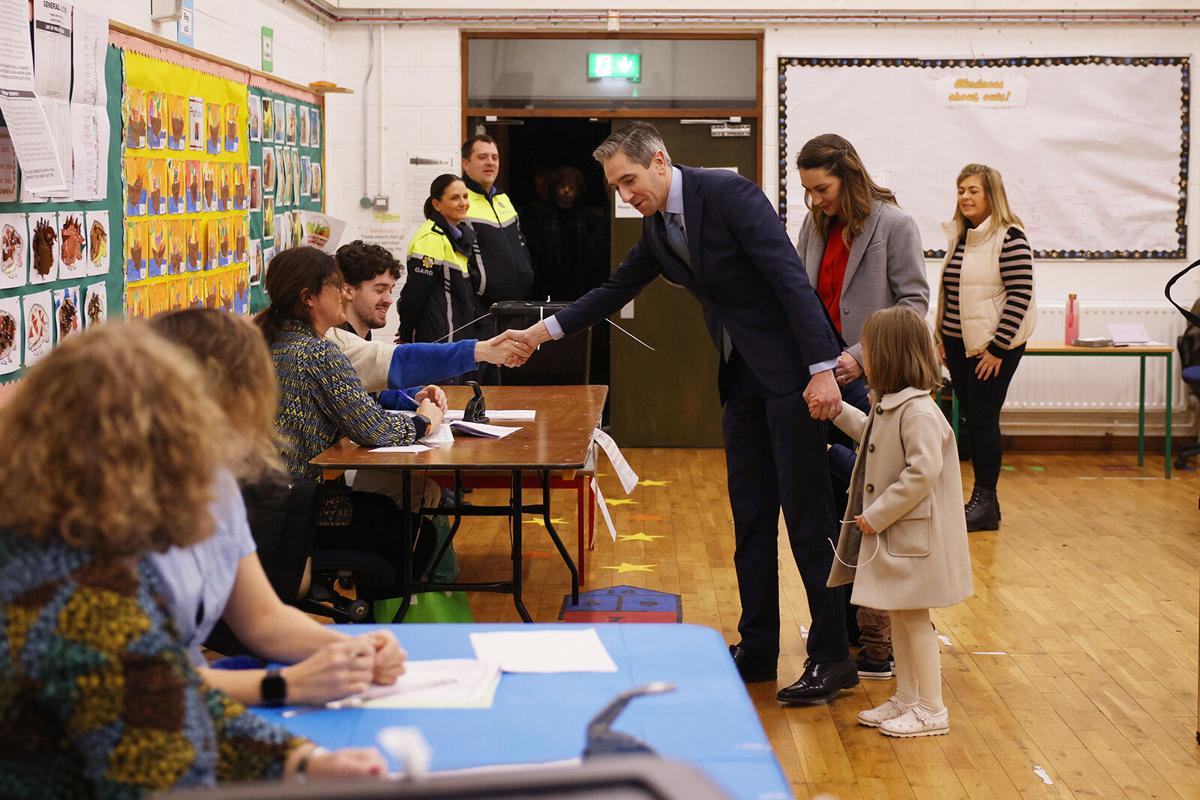In northeast Dublin, the coexistence of deprivation and affluence underscores the frustrations of many voters as Ireland approaches its general election. Streets are lined with campaign posters from competing parties, reflecting a tight race among Fianna Fáil, Fine Gael, and Sinn Féin. The close polling numbers suggest a deep dissatisfaction with the current government and a desire for change.
Janice O’Keeffe, a local resident, shared her disillusionment with the political establishment. Speaking on Sean McDermott Street, she criticized Fianna Fáil and Fine Gael for their century-long control and perceived lack of meaningful progress. Her uncertainty about whom to support mirrors a wider feeling of indecision among voters, many of whom are disenchanted with the status quo.

Rising Frustration with Status Quo Drives Tight Race Ahead of Ireland’s General Election
For decades, Fianna Fáil and Fine Gael, both center-right parties, have alternated in leading the Republic of Ireland. However, the 2020 general election saw a significant shift when neither party gained a majority, prompting a coalition government with the Green Party. This coalition kept Sinn Féin, a left-wing nationalist party that had won the popular vote, from entering government despite its growing popularity.
As Ireland prepares to vote, major concerns like the rising cost of living, strained healthcare services, and debates over immigration dominate discussions. These issues have intensified criticism of the incumbent coalition government, particularly in areas like northeast Dublin, where economic struggles are more pronounced. Many feel the current leadership has failed to address these pressing challenges effectively.
The tight contest between the three leading parties indicates a potential turning point in Irish politics. Voter dissatisfaction with traditional power structures may open the door for Sinn Féin or other alternatives to make significant gains. The outcome of this election could redefine how Ireland addresses the issues that matter most to its citizens.























